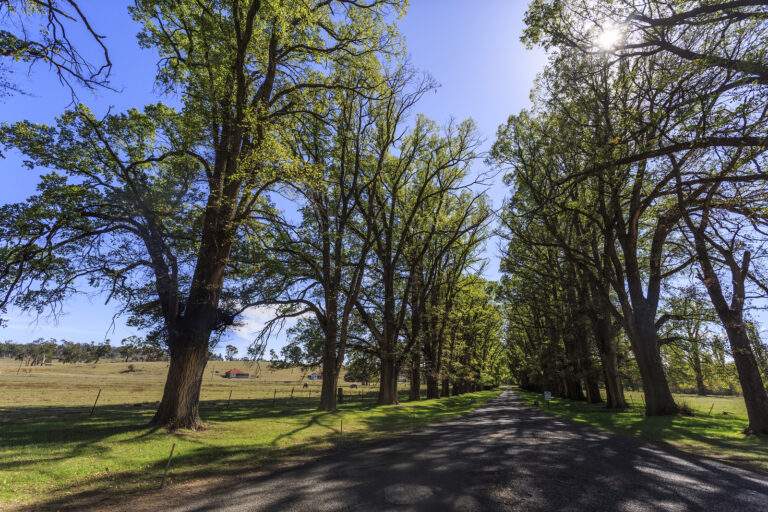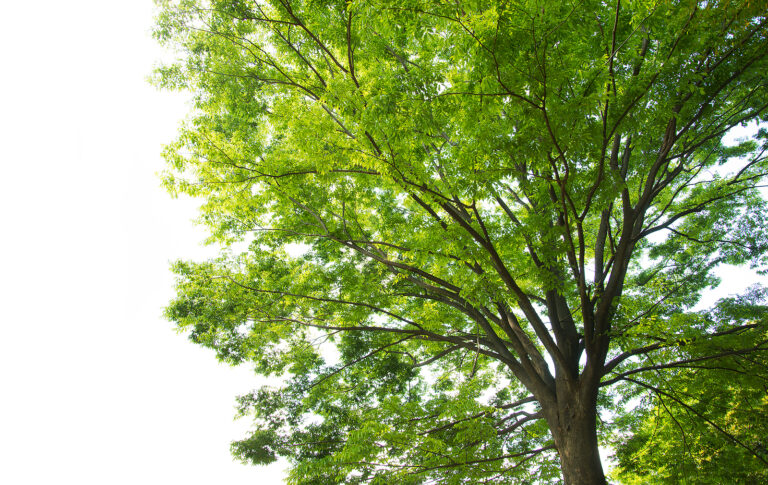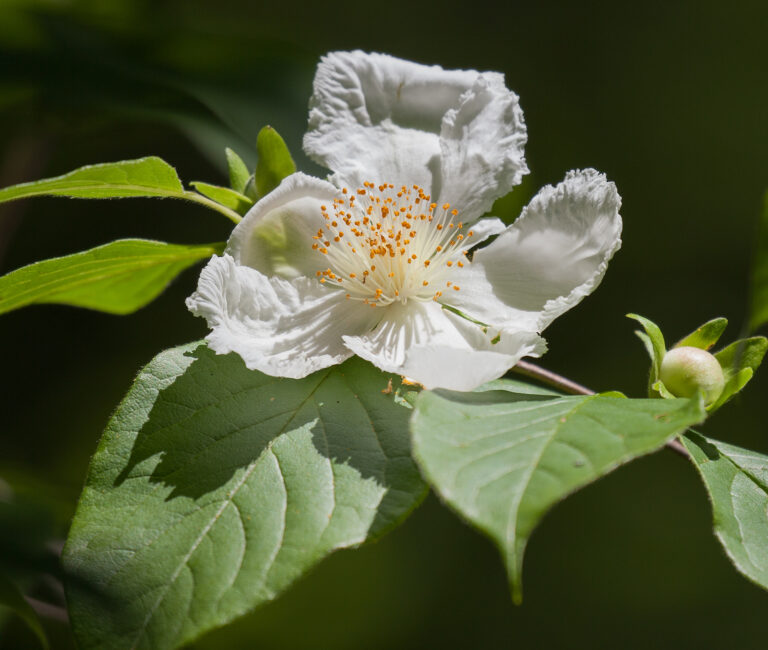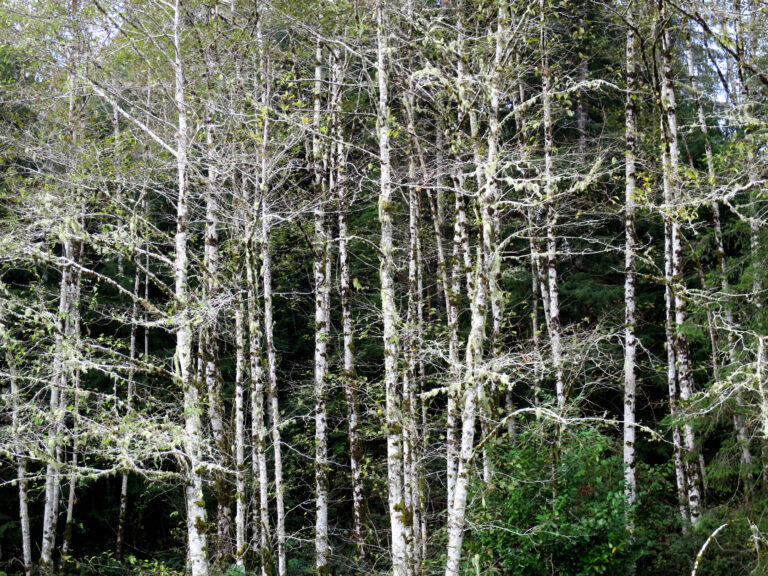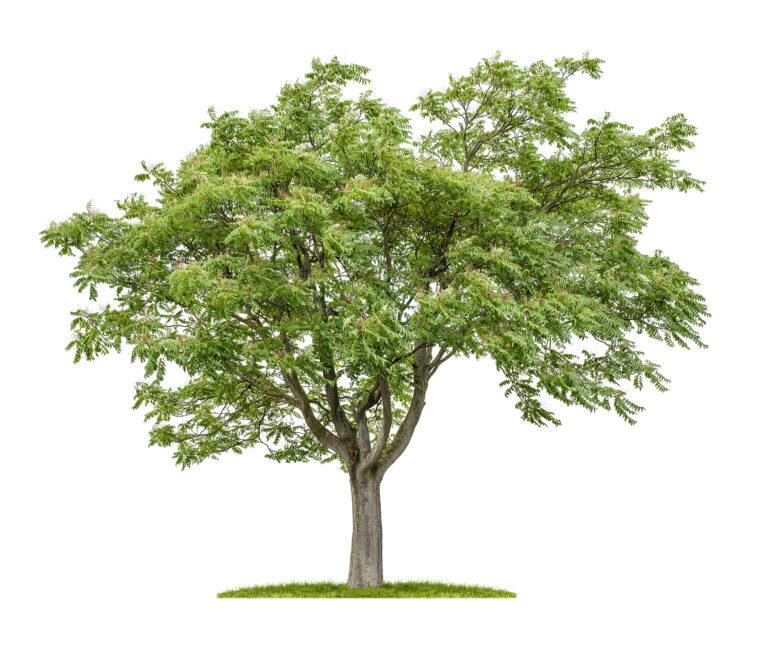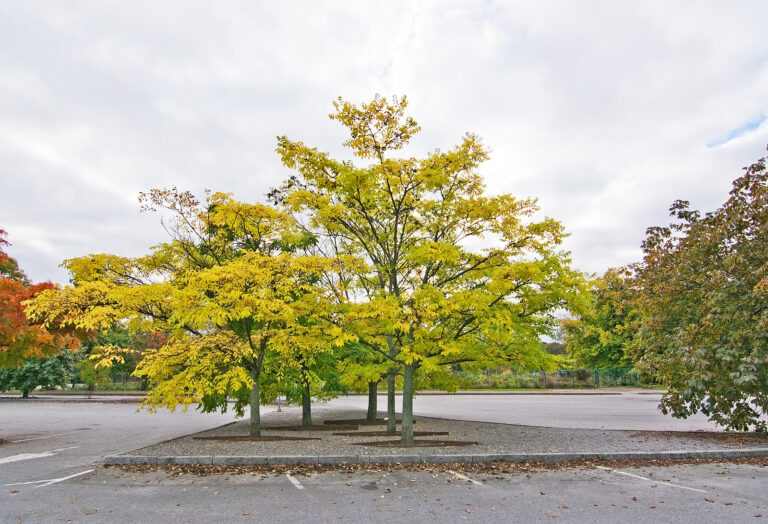How to Grow Elm — Ulmus
Ulmus is a genus of deciduous trees commonly called elms. Elms are commonly grown as shade trees. They are fast-growing and have high-spreading canopies. Elms are environmentally tough. But elms have notable drawbacks. They are shallow-rooted making it difficult to grow other plants beneath them; they have narrow branch crotches which can result in splitting…

